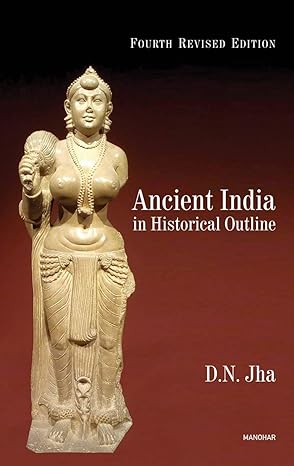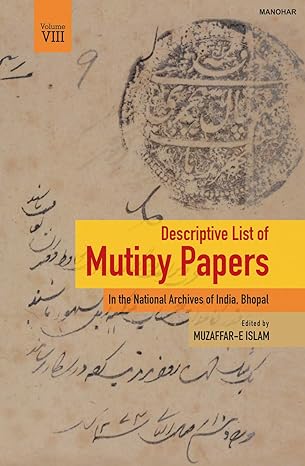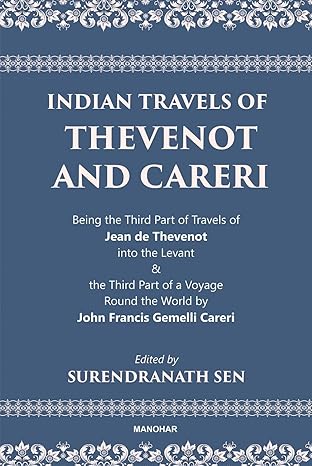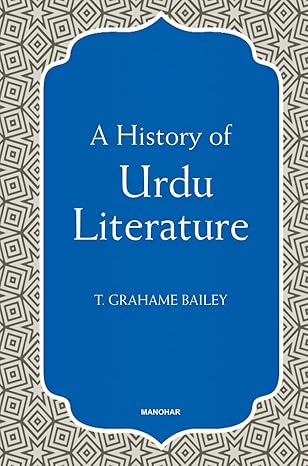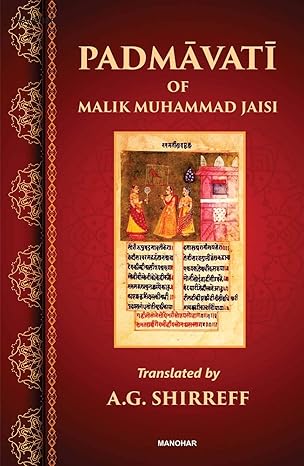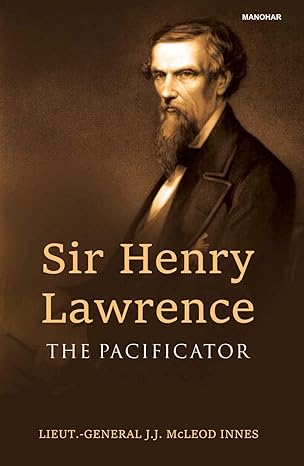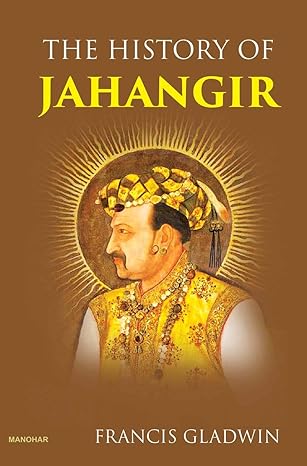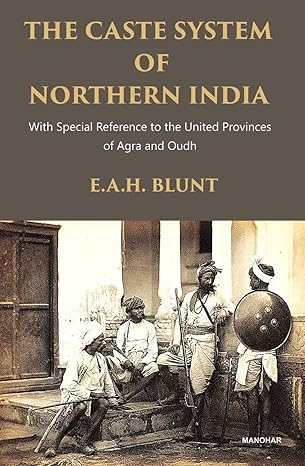History
Featured Products
Descriptive List of Mutiny Papers: In the National Archives of India, Bhopal (Vol. VIII)
₹1,571.25
M.R.P.:₹ 2,095.00
You Save: ₹523.75 (25.00% OFF)
Indian Travels of Thevenot and Careri: Being the Third Part of Travels of Jean de Thevenot into the Levant and The Third Part of a Voyage Round the World by John Francis Gemelli Careri
₹1,734.05
M.R.P.:₹ 2,195.00
You Save: ₹460.95 (21.00% OFF)
The Caste System of Northern India: With Special Reference to the United Provinces of Agra and Oudh
₹1,271.25
M.R.P.:₹ 1,695.00
You Save: ₹423.75 (25.00% OFF)


